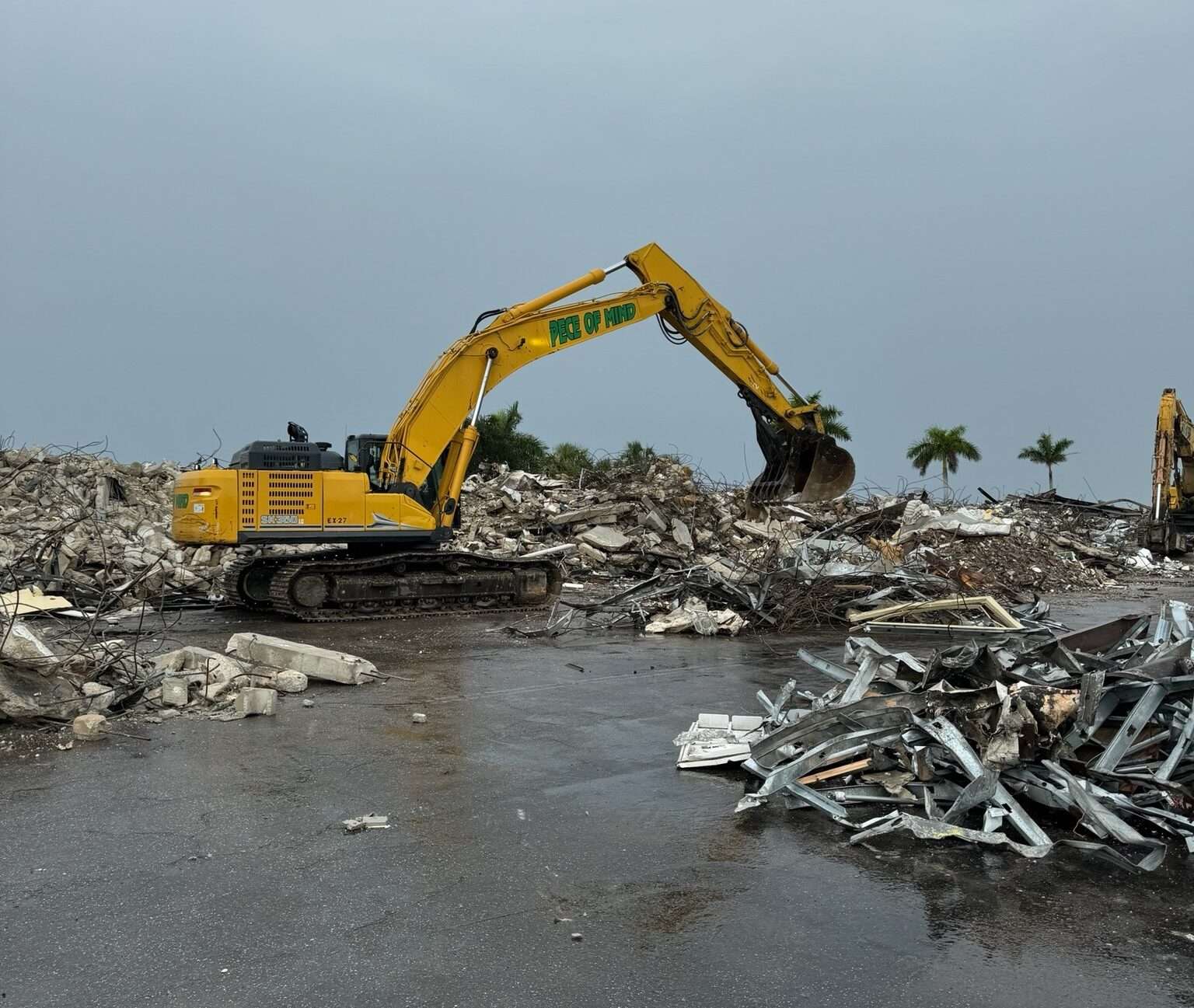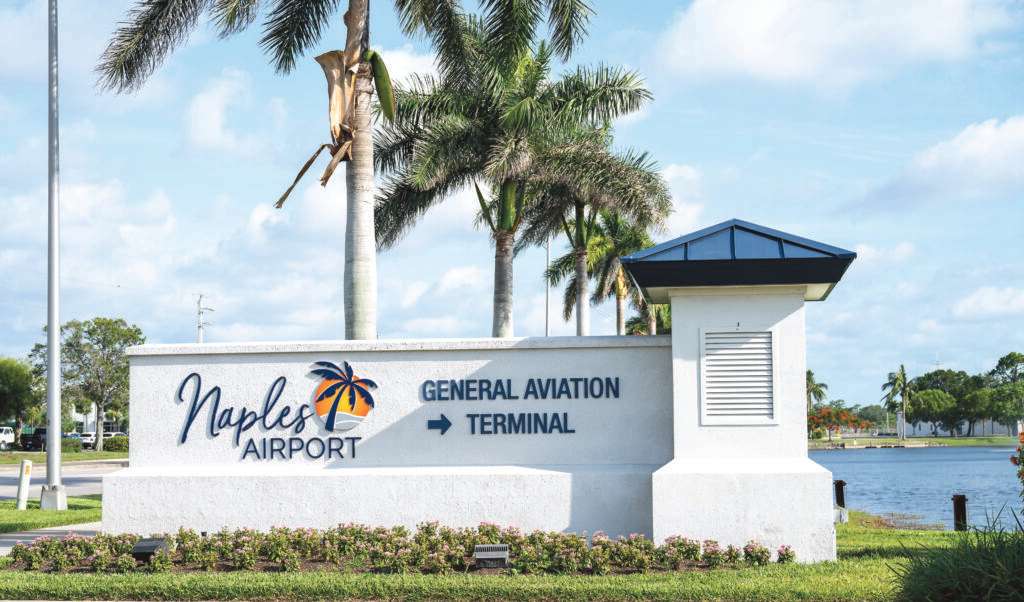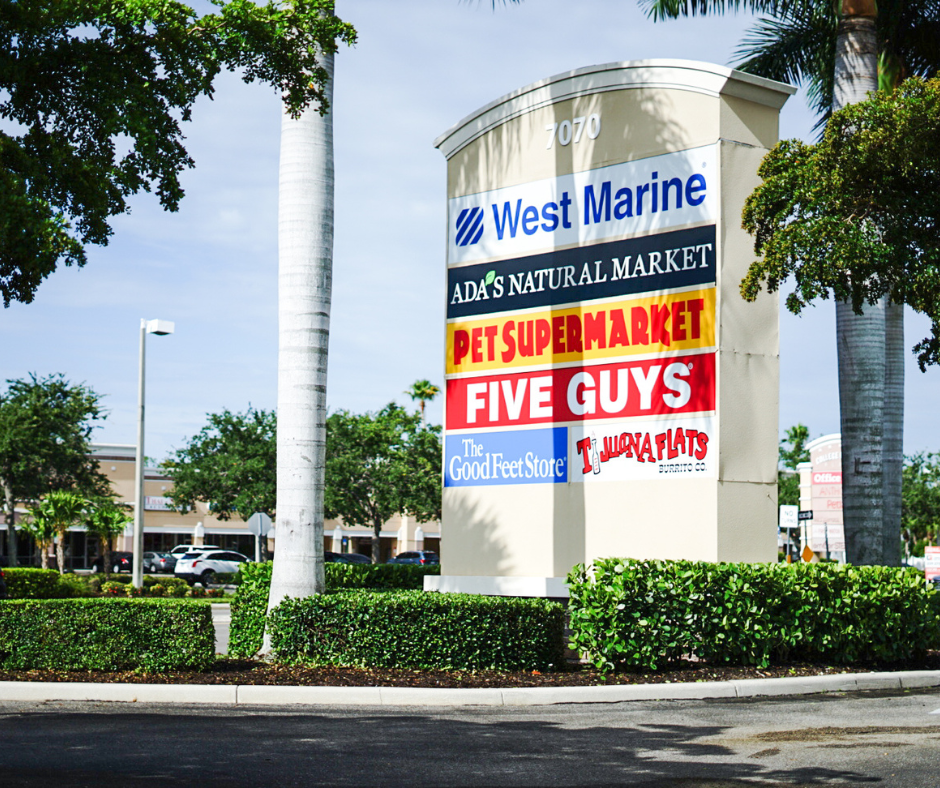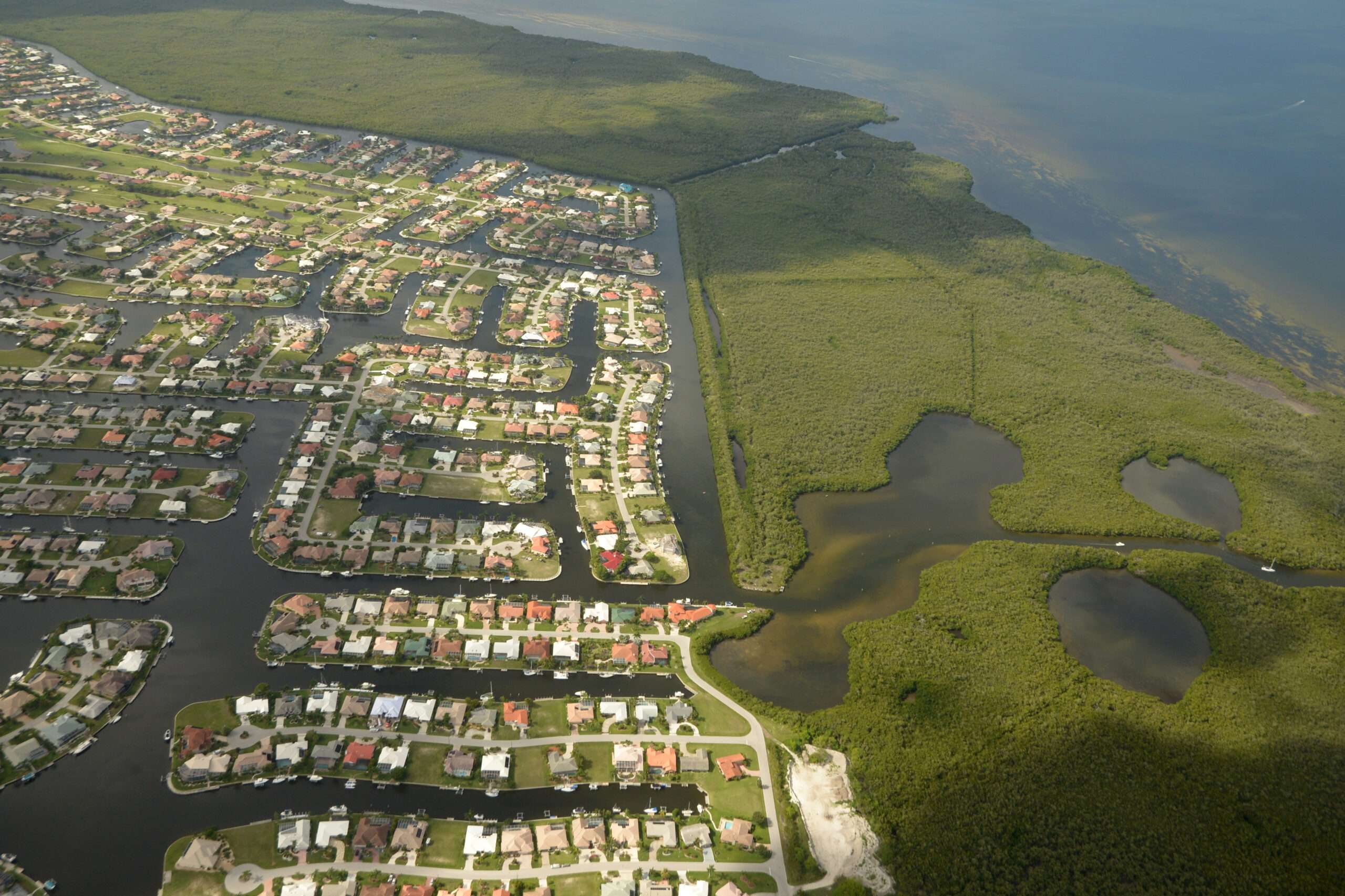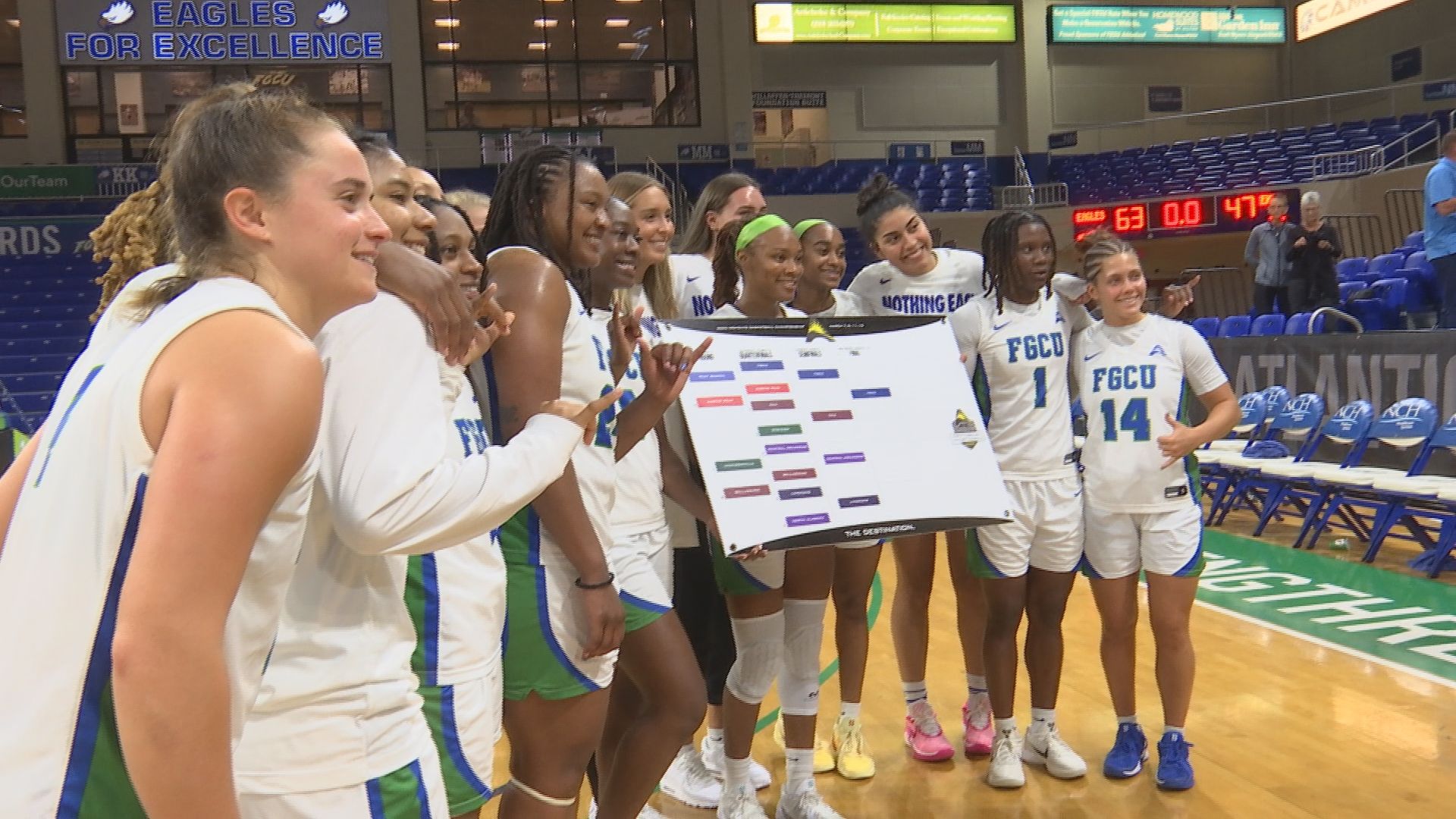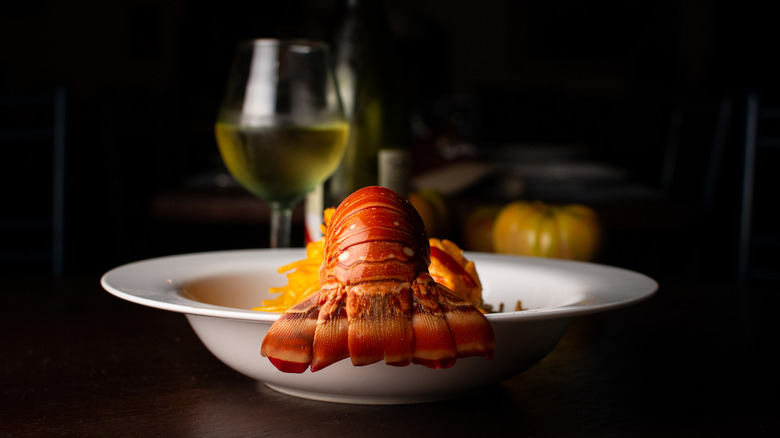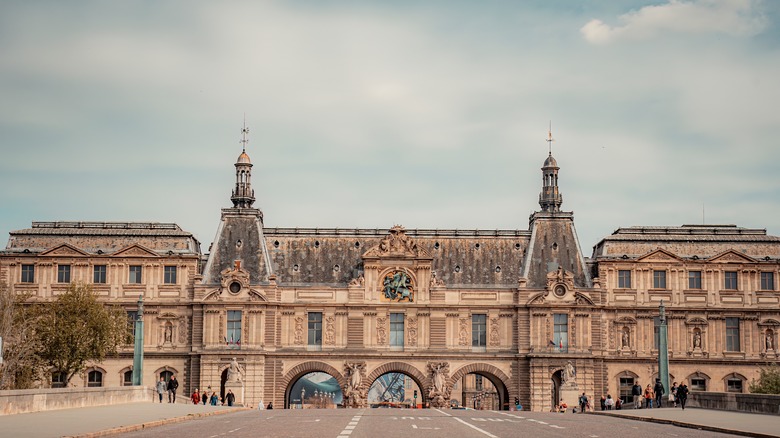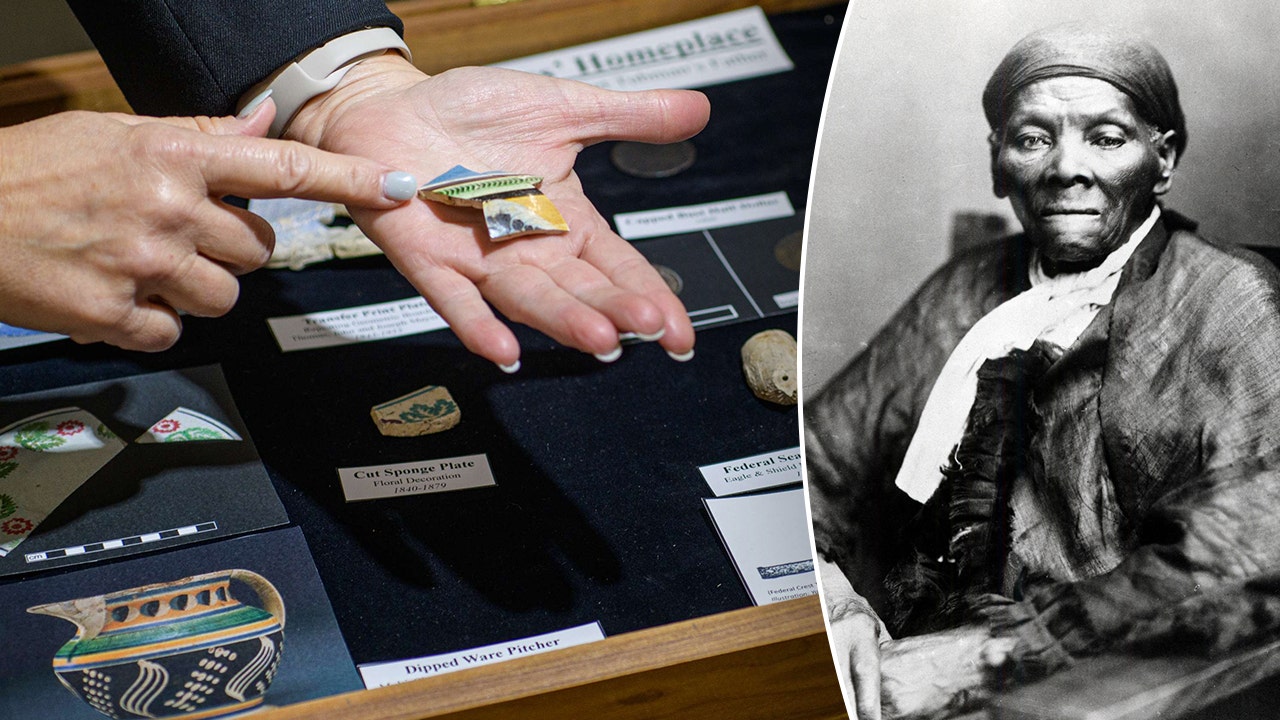Thoughts of American battlefield heroes might conjure up images of overseas valor in service of oppressed and conquered people around the world.
Capt. John Paul Jones became a legend for the U.S. Navy by leading the Bonhomme Richard to an improbable victory over HMS Serapis off the coast of England during the American Revolution.
The American Expeditionary forged an end to World War I fighting in Western Europe.
The Marines gave America its most heroically memorable image hoisting Old Glory over Iwo Jima in the far reaches of the Pacific Ocean in the last months of World War II.
However, you don’t need to journey across oceans to engage with the legacy of America’s battlefield heroes or contemplate the immense sacrifice of those who gave their lives on this very soil.
Travel back in time to five prominent U.S. destinations steeped in history that honor soldiers and the costs of freedom.
Reflecting on the Legacy of Valor at Pearl Harbor
History pulses powerfully in Honolulu’s heart, where Pearl Harbor stands as a living monument to both American heartache and indomitable spirit.
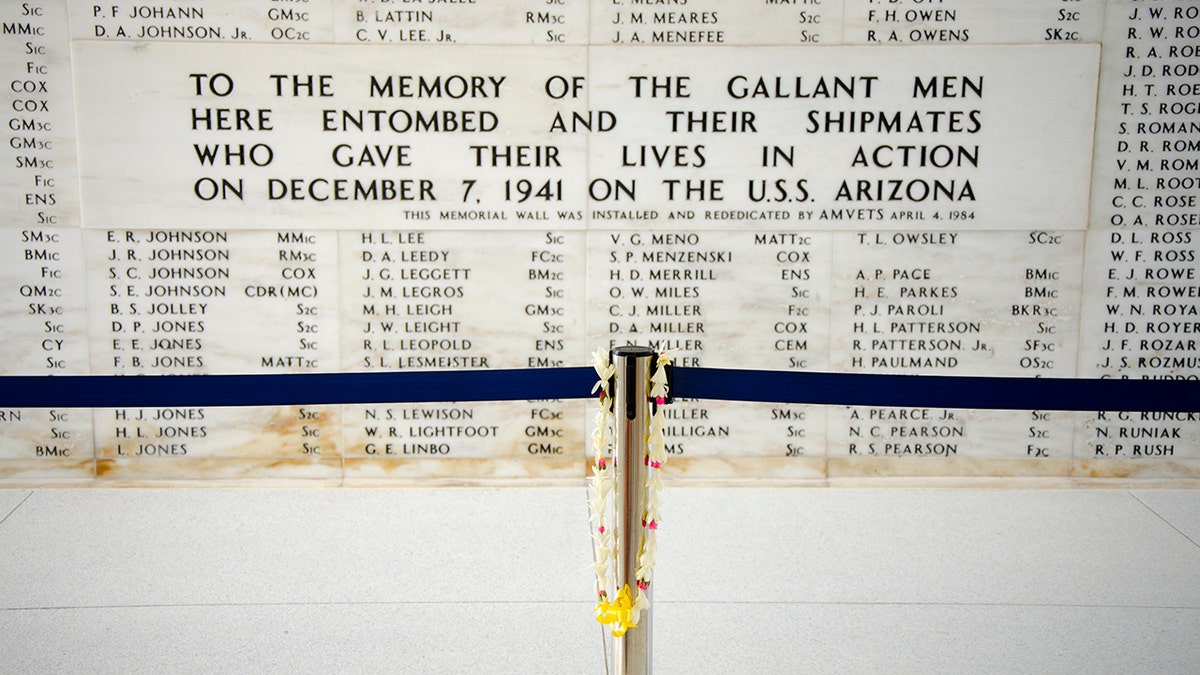
A visit focuses on the solemn USS Arizona Memorial, marking the site where the ship, with a violent eruption on December 7, 1941, became a grave for 1,102 men. Visitors often remark how oil seeps from the sunken vessel, likening it to persistent tears for the lost. Beyond this, Hickam Field showcases the devastation of U.S. aircraft before they could defend themselves, while the USS Missouri radiates a resounding message of victory, being the very place where Japan surrendered on September 2, 1945.
Cultural and Historical Fusion at Jean Lafitte National Historical Park
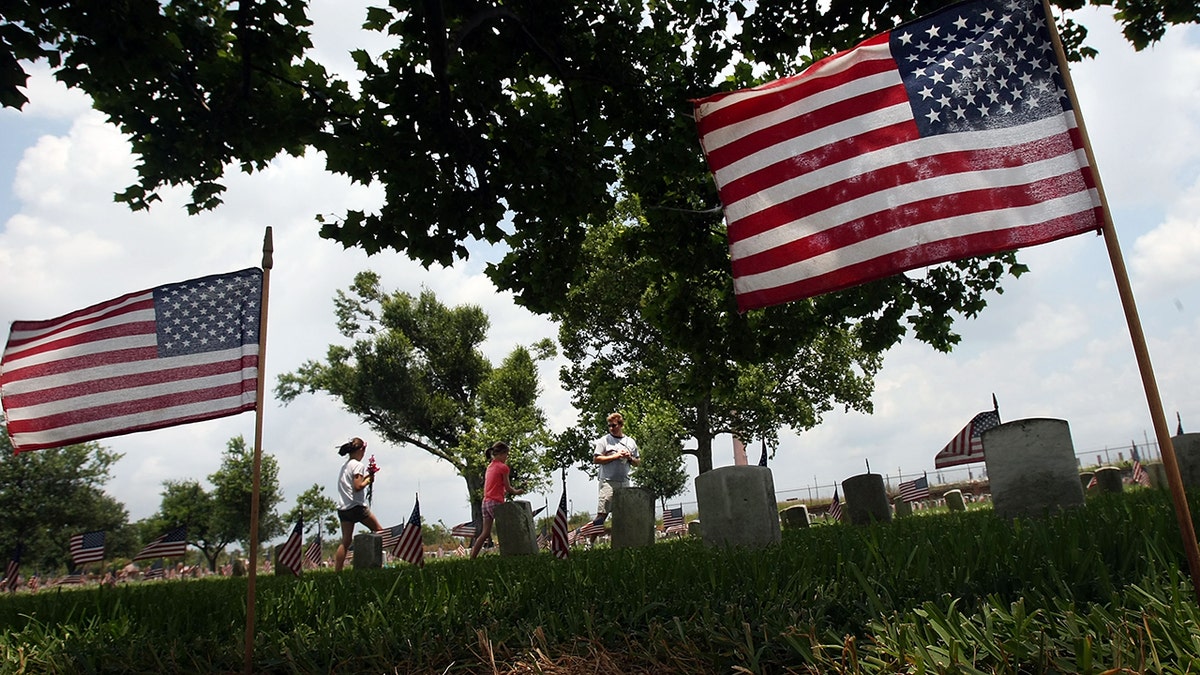
In the lush bayou country where the Mississippi River flows, Jean Lafitte National Historical Park intertwines rich ecology with profound stories of American resilience. It features Chalmette Battlefield, where Andrew Jackson and a mosaic of American forces triumphed over the British in the War of 1812. The nearby Chalmette National Cemetery serves as the final resting place for veterans spanning several American conflicts, a sobering reminder of the cost of courage.
Furthermore, Barataria Preserve captivates with its 26,000 acres of scenic wilderness, offering glimpses of alligators and native wildlife dwelling in their natural domain.
Maryland’s Annapolis: A Naval Heritage Hub

In Maryland’s capital, Annapolis, the ties to the Navy are palpable. This historic city, even briefly America’s capital in 1783 upon the signing of the Treaty of Paris, is notably home to the U.S. Naval Academy. It proudly claims the title of the “Sailing Capital of the United States.” Here, Colonial buildings whisper tales of yore as diners relish Maryland’s famed oysters and blue crabs at cozy establishments like Cantler’s Riverside Inn. To celebrate the local culinary scene, Annapolis features the Crab & Oyster Trail, a delightful journey through the cherished seafood treasures of the Chesapeake Bay.
The Endurance of Spirit at Vicksburg National Military Park
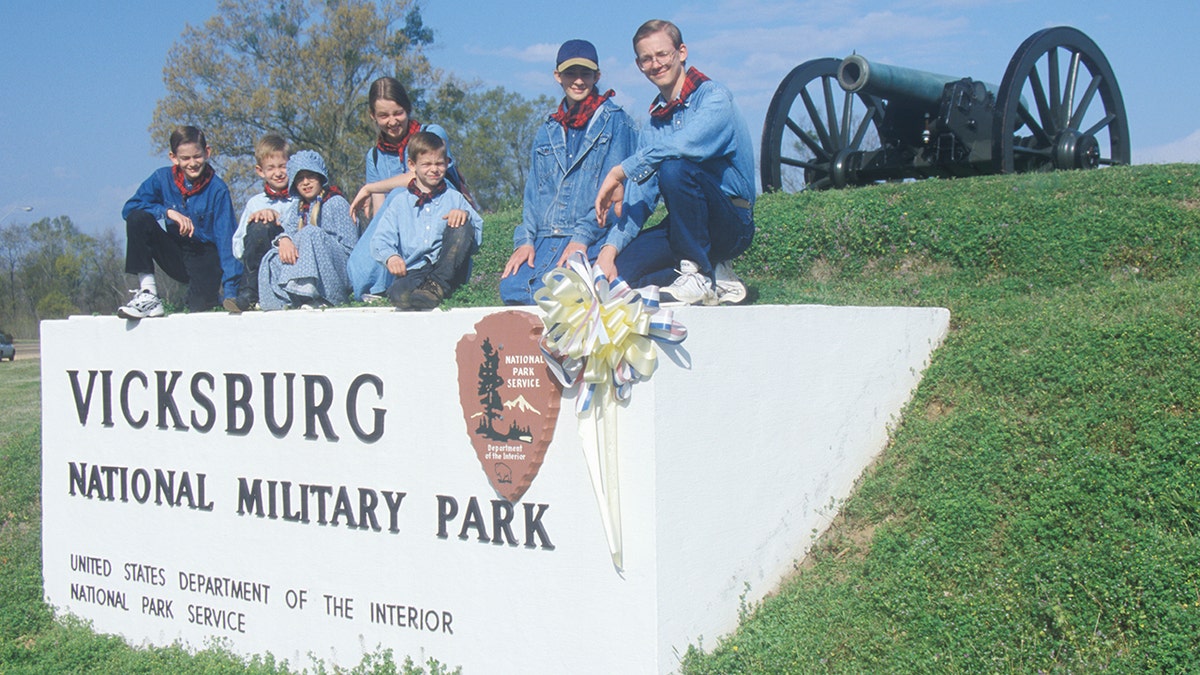
In Vicksburg, the echoes of the brutal Civil War Siege resonate deeply across the land. Ulysses S. Grant’s Union forces emerged victoriously after six arduous weeks, marking July 4, 1863, as both a day of national significance and local sorrow. The stark beauty of Vicksburg National Military Park tells its stories through 1,400 memorials, representing soldiers from all 32 states and commemorating the valor of their sacrifices.
Within its grounds, the USS Cairo Gunboat and Museum showcases a fascinating glimpse into naval history, while Grant’s siege taught hard lessons on the cost of warfare and its direct impact on civilian lives. The city would not observe the Fourth of July celebrations for decades, only returning to the festivities in 1947 when General Dwight Eisenhower paid a visit.
Gettysburg: A Testament to Sacrifice

Gettysburg stands not only as a geographic point on the map but as a symbol of the extraordinary human cost paid in the struggle for unity. This historical battlefield saw around 160,000 men collide in a fierce three-day battle, leaving a bitter legacy of approximately 50,000 casualties—both dead and wounded. Such staggering figures highlight it as the largest battle ever fought on American soil.
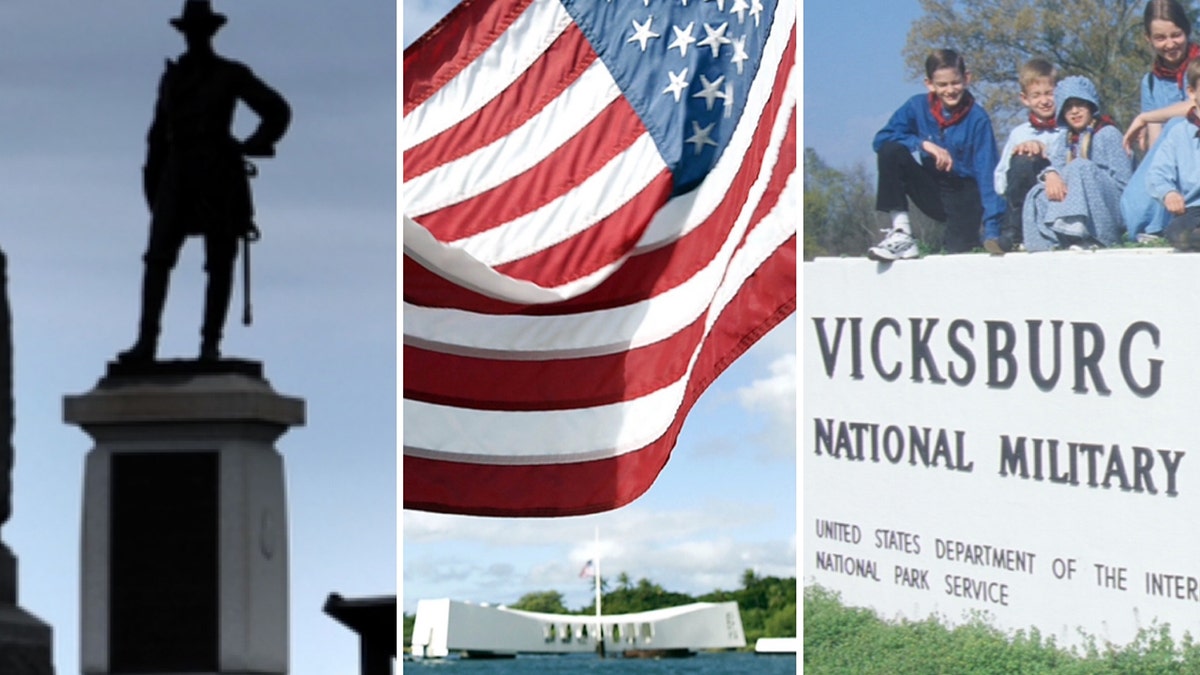
Today, visitors can envision Joshua Lawrence Chamberlain’s pivotal order for the 20th Maine to fix bayonets and charge down Little Round Top, a fierce stand that saved the Union line. They stroll over the very ground where Confederates faced devastating odds during Pickett’s Charge, enveloped by monuments that recount tales of bravery and loss. Here, the air still whispers the names of those who fought, and every step beckons a deeper, more personal understanding of sacrifice.






